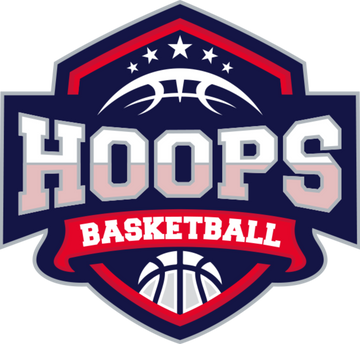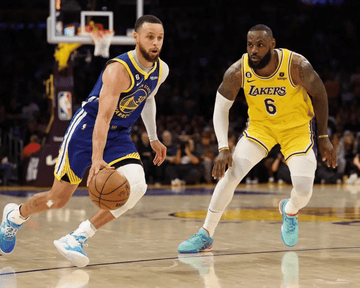Succeeding in basketball requires the natural gift of coordination, speed, and leaping ability. Whether these skills come to you naturally or require great effort, basketball players can significantly improve their overall game on both ends of the court by incorporating these essential drills into their daily practice routine.
What Are Basketball Drills?
Basketball drills are exercises used by teams and individual players to improve their fundamental skills. Common among youth players and professional teams alike, basketball practice drills teach on-court skills such as dribbling and ball handling, footwork, shifting momentum to the opposite direction, passing, shooting with proper form, defensive movements, and offensive rotation.
Why Are Basketball Drills Important?
Basketball players of all skill levels can benefit from performing drills on their own or under the watch of a trained coaching staff. Basketball drills help improve hand-eye coordination, dribbling, passing techniques, muscle memory, speed, and conditioning. The best drills prepare players for in-game situations and challenge them to take their current skills to the next level.
5 Essential Basketball Drills
Here are some basketball drills to help you improve coordination, muscle memory, and speed.
- Two-ball dribbling:Many players default to their dominant hand when dribbling. This excellent drill forces players to use both hands. Try alternating dribbles, where a player bounces the ball with their left hand, followed by a different ball in their right hand, going back and forth as they walk down the court. You can also assign uneven dribbles, where one ball bounces high and another bounces low.
2. Defensive lane slides: To play good defense without picking up a foul, players need to glide from one position to another. Whether you're a guard protecting the top of the key or a center in the paint, you'll want to work on your defensive slides. Work on mastering three key movements: side-to-side, front-to-back, and back-to-front. Make sure you can lead these movements equally well with your left foot and your right foot.
3. The Mikan: The Mikan and the Reverse Mikan are named for one of the NBA's original stars, George Mikan. The drill helps bigger players (like centers and power forwards) get a shot off smoothly when they're close to the basket. To do a Mikan drill, hold the ball above your shoulders, and alternate close-up layups while standing on one foot, going back and forth from one side of the basket to the other. Keep the ball high, which protects it from defenders.
4. Weave drills: Weave drills involve three to five players running up and down the basketball court, weaving in and out of each other's lanes, and passing the ball back and forth. The most common weave drills are the Half-Court 3-Man Weave, the Full-Court 3-Man Weave, and the Full-Court 5-Man Weave. Instead of running in a straight line, players weave back and forth to confuse defenders and open up space for passing. Although these complicated passing drills can be more successful with older players, youth basketball teams will also employ these drills to teach young players the fundamentals of passing in transition.
5. Transition drills: Spanning off from weave drills are advanced drills that guide players through transitions where there are more offensive players than defensive players. The 3-on-2 transition drill and 2-on-1 transition drill can teach players how to use a fast break to exploit an offensive mismatch.





